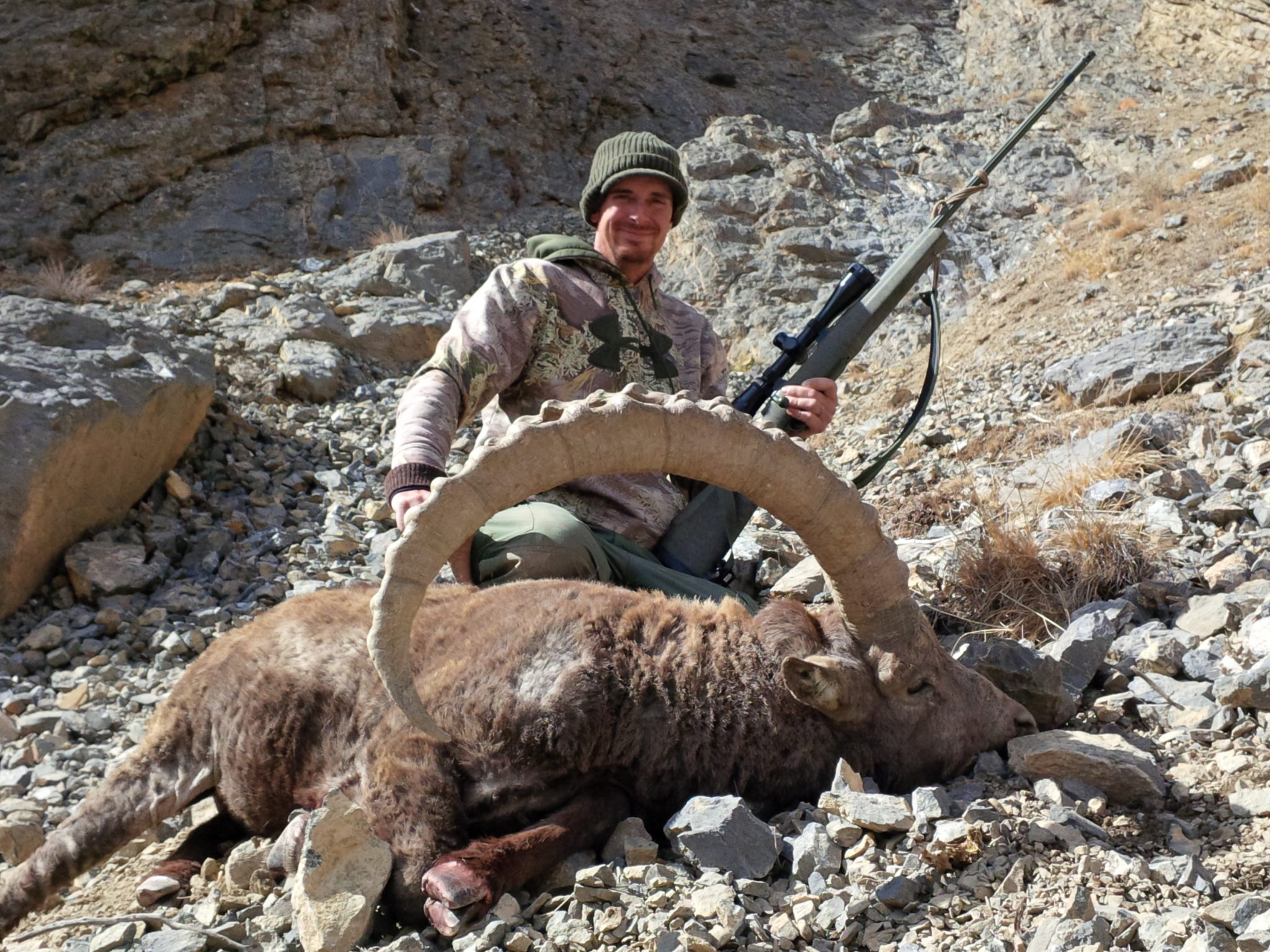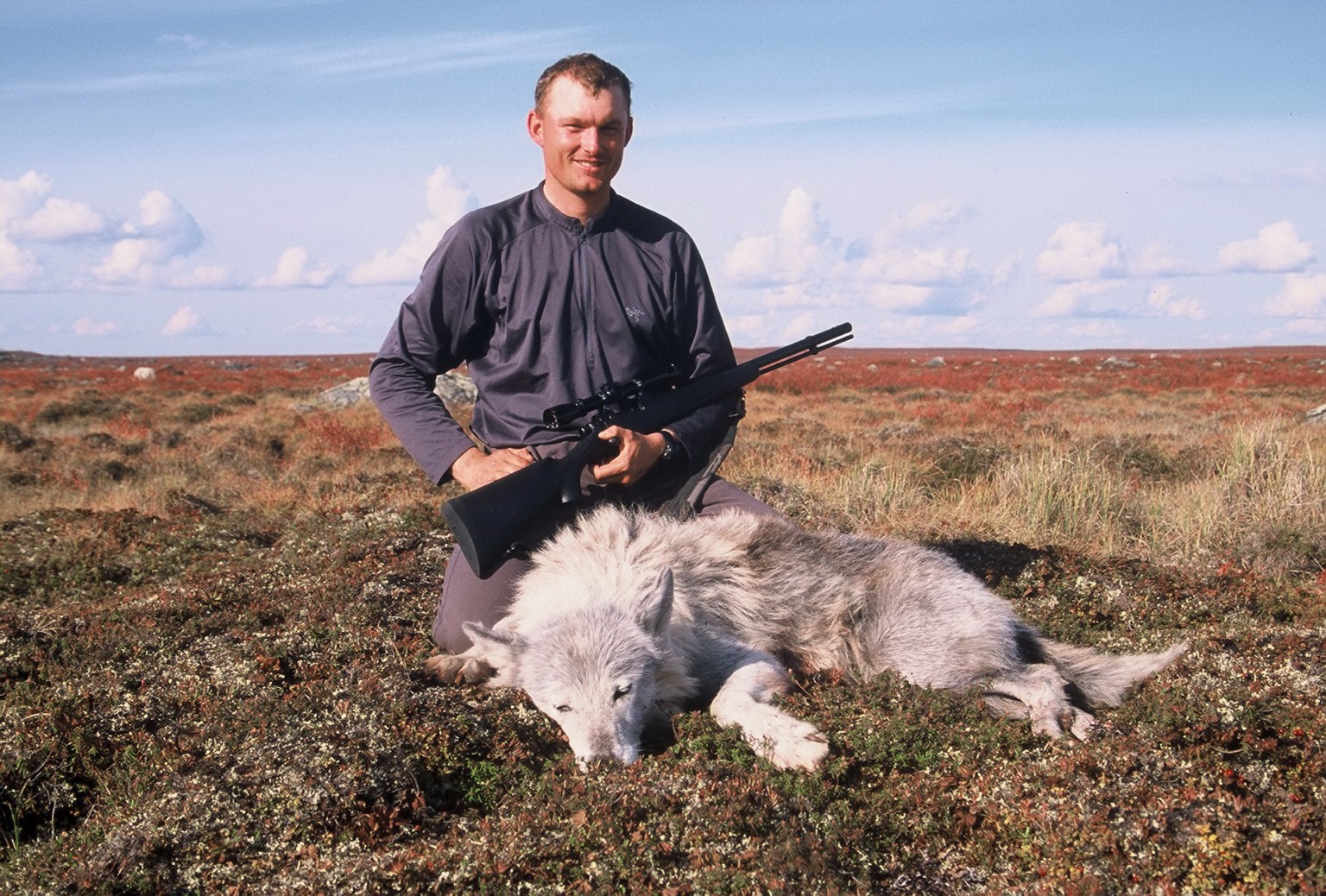Kyrgyzstan Marco Polo Hunting
Kyrgyzstan Mid-Asian Ibex Hunting
Species
Located at the heart of Central Asia, Kyrgyzstan is known for incredible natural beauty and proud nomadic traditions. Also known as the ‘melting pot’, Kyrgyzstan is a home for over 5 million people of 80 different nationalities. With a total area of 198, 5 thousand sq. km (76, 640 sq.mi) it is about the size of Nebraska, and borders with Kazakhstan, Uzbekistan, Tajikistan and China. Kyrgyzstan has been under the Soviet rule from 1924 to 1991, when it gained independence and became a democratic republic with a parliamentary government.
The country is almost completely mountainous, being found at the juncture of two great Central Asian mountain systems – Tian Shan and the Pamirs. More than half of Kyrgyzstan lies at an elevation higher than 2, 500m (8, 200ft). Only about 1/8 of the country’s territory lies lower than 1, 500m (4, 900ft), while glaciers and permanent snowfields cover more than 3% of total land area. Kyrgyzstan’s highest point, the Victory Peak, named after Soviet victory in World War II, is 7, 439m (24, 406ft) high.
Snow-capped mountain peaks, crystal clear lakes, rushing streams, highland pastures and meadows, unique flora and fauna are what make up the land of this small country. Once a stop-point for merchants and travelers along the Great Silk Road, it was an oasis and a welcome relief after crossing perilous mountain passes on the way from China. It was this very road that had brought the famous Venetian explorer Marco Polo to these lands to later discover the world’s largest and most magnificent sheep in 1273. These sheep Marco Polo had described to have horns “three, four and even six palms in length”, which is why they hold an almost mythical status to any trophy hunter to this day.
Climate: The country’s climate varies by region. While it’s subtropical in lowland Fergana Valley in the west, the climate is temperate in the northern foothill zone. The lower mountain slopes have a dry continental climate, as they receive desert-warmed winds from Kazakhstan and Uzbekistan, whereas the highest mountain elevations, where most of the hunting is conducted, have a polar climate. In the valleys, the average daily temperature in July is 28° C (82° F). In January daily averages are as low as -14° C (7° F). Conditions are much colder at high elevations, where in July the average daily temperature is 5° C (41° F) and in January -28° C (-18° F).
Hunting Area: Prime hunting areas are one of the most remote in Kyrgyzstan and are mainly located in the northeastern portion of the country. Hunting is conducted in Issyk-Kul and Naryn regions at 12, 000ft up to 13,500ft above the sea level between September – 1st December and 10 January – 28 February.
The areas are known for the legendary lake Issyk-Kul, one of world’s largest mountain lakes as well as the country’s largest river Naryn that originates in the northeast and flows westward through the middle of the country. While the terrain is high altitude, it is not extremely rugged, which enables us to reach base camps on Toyota Land Cruiser vehicles that are just the right means of transportation in a roadless territory. Rough, serpentine roads take you through a number of nerve-racking mountain passes and gorges, gradually ascending to 10,000 -12,000ft where the base camps are situated.
The region is often described as the ‘polar desert’. Not only does it pose challenge in terms of high altitude terrain, but also temperature wise that can get extremely cold and windy. Weather at such altitudes is rather unpredictable. Even the most experienced hunters may experience acute lack of oxygen, headaches, motion sickness and general weakness. To this reason we recommend to take one-day adaptation to the climate and altitude at the base camp. Since the climate is dry, keeping oneself well hydrated is a must. A good physical condition is a necessity, and also check with your doctor before the trip. Proper clothes and equipment are also key to combating harsh conditions. Please, see our Asian/MarcoPolo & Ibex Hunters’ Equipment Checklist for recommended outerwear, equipment, medication and other personal items.



